Catfish Farming in Kenya
The African Catfish (Clarias gariepinus) is a fast-growing fish species native to African waters. In Kenya, it can be found in lakes, rivers, and artificial commercial fish farms where catfish are grown and bred in fish ponds and tanks.
Catfish farming is attractive not only because of their fast growth rate but also the ability to withstand poor water qualities, ability to breathe oxygen directly from the atmosphere, and high meat yield.
Catfish farming can be a profitable venture if good processes are followed from pond setup to stocking, fish pond management, and eventually harvesting.
Advantages of farming catfish
- Catfish have a good feed conversion ratio (FCR) – Feed conversion ratio is the ratio of the feed consumed versus the weight gained. The feed conversion ratio of catfish is 1.2. This means for every 1.2 kgs of feed consumed, catfish gain 1 kg of weight. This means when you are feeding catfish, you will eventually get the value for feed given.
- Catfish can survive in poor quality water. – After the fingerling stage, catfish can survive poor quality water without the need for filtration or aeration for a long time.
- Catfish have a high survival rate after the fingerling stage – Catfish, once they pass the fingerling stage.
- Catfish have a high fillet yield – Most of the fillet sold in the market is from catfish, because of the high meat yield.
- Catfish have a short maturity period – Under good management practices, catfish will reach a market weight of 6 kgs within 6 months.
- Catfish have little fat and high protein content – This makes catfish nutritious high protein feed that is free from lipids.
- Catfish are Versatile Feeders – The catfish can feed on several types of agricultural byproducts.
- Catfish can be raised in high density – This results in high yields of catfish meat.
Success factors in catfish farming
Success will determine how you prepare for catfish farming and handle the challenges associated with catfish farming. Below are the factors that will enable you to reap benefits from the catfish venture.
- Begin at the market – They say farming should begin at the market. Where will you sell your catfish? At what price? At what weight does your target market purchase catfish? Do they purchase whole or prefer catfish fillet? Will they pay cash on delivery or will you have to wait for a while? You need to answer all these questions and more before you embark on catfish farming. The main reason for this is you will be able to know exactly how many catfish to stock and when to harvest. If your catfish stay for too long in the pond, it will eat into your revenue, since you will still need to feed them.
- Plan your catfish production business wisely – How many catfish ponds will you have? Do you have the resources to run multiple ponds? Will you start with a few catfish ponds then add more later as the business grows? One mistake farmers make is optimistically putting up structures that they will not be able to manage at the onset. This ties up cash that could be used in other areas.
- Proper Infrastructure setup – Whether you are doing a dug pond or raised pond, you need to have it done well so that it does not leak. It should be done in a way that will protect your catfish from predators. Since fish are aquatic, you need to have a good reliable source of quality water.
- Get the right staff – If you are planning to hire workers, you need to get the right people to work in your catfish venture. The people in your catfish farm, including yourself, should have some knowledge of the management of a catfish enterprise.
- Quality Catfish – The success of your catfish depends on the quality of fingerlings you stock your pond with. Find a reliable source for your fingerlings that you are sure will supply you good catfish fingerlings that are free of disease. Good quality food will also determine the quality of the catfish you harvest. Follow the recommended feeding schedules and give the right amount of feed.
In a nutshell, the success of your catfish venture depends on proper planning, quality fingerlings, quality feed, quality water marketing, and catfish farm management.
Understanding Catfish
There are two common species of catfish farmed in Africa, the Clarias Gariepinus and the Clarias Anguillaris.
The Clarias Anguillaris is found mostly in Mauritania, the Nile, and most of the West African basins, while the Clarias Gariepinus is native to most African Countries and the Middle East. These include Algeria, Angola, Benin, Botswana, Burkina Faso, Burundi, Cameroon, Central African Republic, Chad, The Democratic Republic of Congo, Egypt, Eritrea, South Africa, Ethiopia, Ghana, Guinea, Israel, Jordan, Nigeria, Kenya, Libya, Malawi, Niger, Mozambique, Namibia, Rwanda, Senegal, Somalia, Sudan. Swaziland. Syria; Tanzania, Togo, Turkey. Uganda. Zambia and Zimbabwe.
The Clarias Gariepinus is also known as Sharptooth, Common Catfish, African Catfish, Catfish, Catfish, Mudfish, Barbel, Sharptoothed Catfish, and North African catfish. In Africa, Nigeria is the leading producer of farmed catfish.
The African catfish is a dark grey or black large fish that resembles the eel that grows to a length of 1 to 1.5 metres and can reach a maximum weight of 60 kilograms. The belly of the catfish is whitish in colour.
Like other catfish species, it is a nocturnal fish that feeds on dead or living animals. It has a wide mouth that can swallow prey whole. Catfish have been known to feed even on some waterbirds. Due to the fact that catfish can breathe atmospheric air, they can survive in mud during dry seasons when some of the natural habitats dry up.
The catfish starts reproduction at 12 months, where they will move to shallow waters to lay eggs. A female can lay up to 60,000 eggs. The larva of the catfish is able to develop within 72 hours after fertilization. When farmed in ponds, it is hard for the catfish to reproduce naturally, hence artificial propagation of catfish is done.
Hybrid catfish that cannot reproduce is developed by crossing the African catfish with Heterobranchus Longifilis. The advantage of the crossbred catfish is that it produces white coloured meat that is preferred in the market. It grows faster and since it cannot reproduce, it focuses its energy on gaining weight.
Where to buy catfish fingerlings in Kenya
It is advisable to buy fingerlings from a reputable breeder. The following breeding and multiplication centers will supply you with catfish fingerlings in Kenya:-
- Where Fish farm – https://mweafish.com/
- Government fish multiplication centre atSagana in Kirinyaga County
- Kiganjo trout centre in Nyeri County
- Chwele fish farm at Chwele in Bungoma County
- Wakhungu fish farm at Bumala in Busia County
- Kisii fish farm in Kisii town
- Kibos fish farm in Kisumu County
- LBDA Chwele fish farm Chwele in Bungoma County
- Yala fish farm in Siaya County
- Alupe fish farm in Busia County
Catfish farming systems
The catfish production systems include the extensive system, intensive system, and semi-intensive system.
The extensive system of catfish farming
Under the extensive system of farming catfish, fish are stocked in ponds, swamps, dams or cages and left to look for their own feed. The farmer does not do much apart from stocking and harvesting. The extensive system is a low yielding system.
Semi-Intensive System of catfish farming
The semi-intensive system of rearing catfish is done in a similar environment as the extensive system, but the farmer carries some activities to enhance production. This includes fertilizing the habitants with organic and chemical fertilizers to enhance productivity and also feeding the fish with bran, cereals, and other feeds.
Intensive System of catfish farming
The intensive system of catfish aims to produce large quantities of catfish in a smaller area of land as compared to the other systems. Catfish are kept in dugout ponds, plastic tanks, raised concrete ponds, raised wooden ponds, fiberglass containers among other many containment facilities that can hold water and fish. Under this system, the farmer creates single or multiple containment systems.
The catfish farmer feeds the fish and aerates the water. Some farmers incorporate water filtration systems where the water is pumped into the filtration system and allowed to flow back to the tanks.

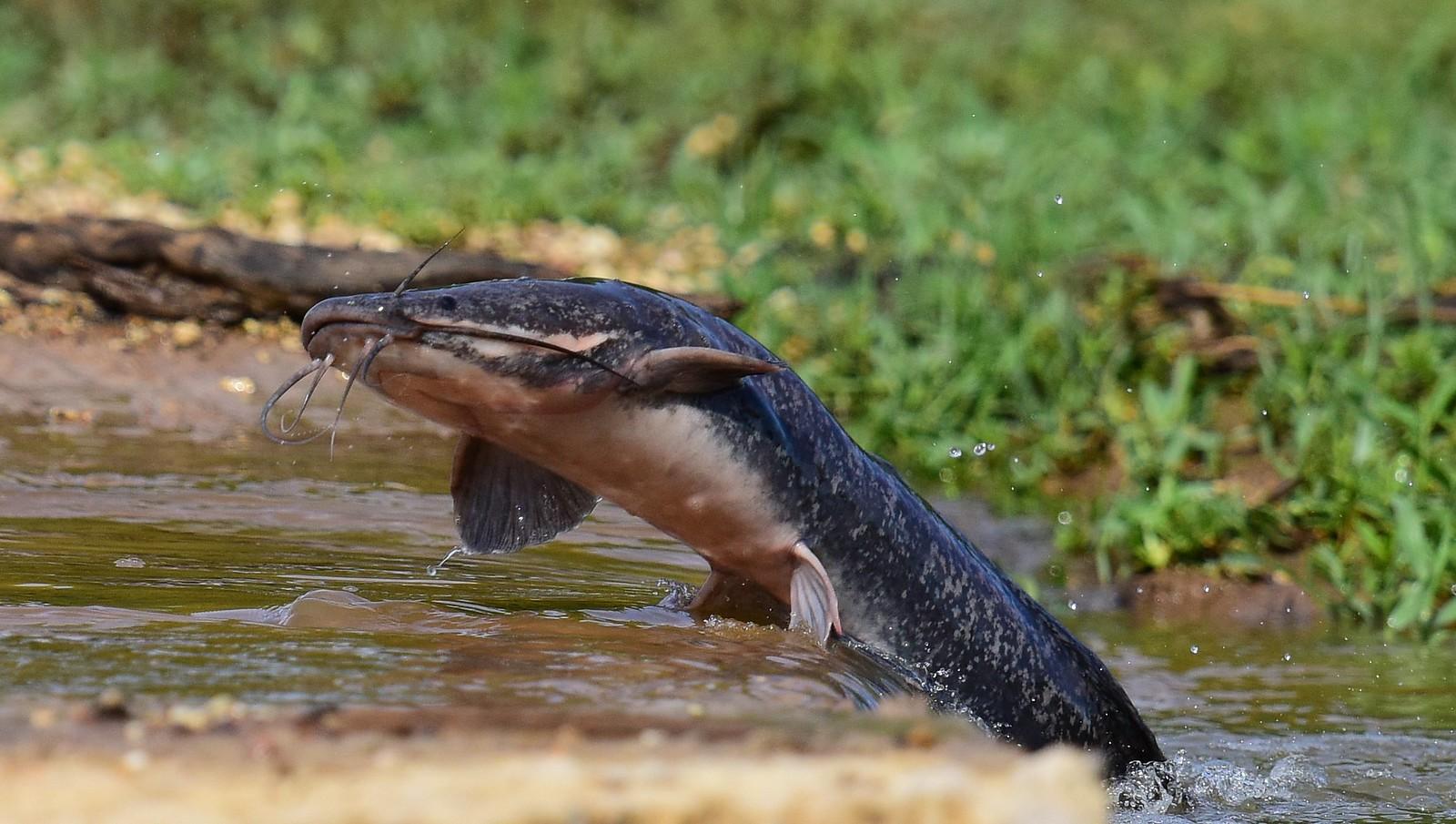

![Vaccination schedule for Kienyeji chicken for 2025 [Download]](https://value.co.ke/wp-content/uploads/2018/10/kienyeji_chicken-768x536.jpg)
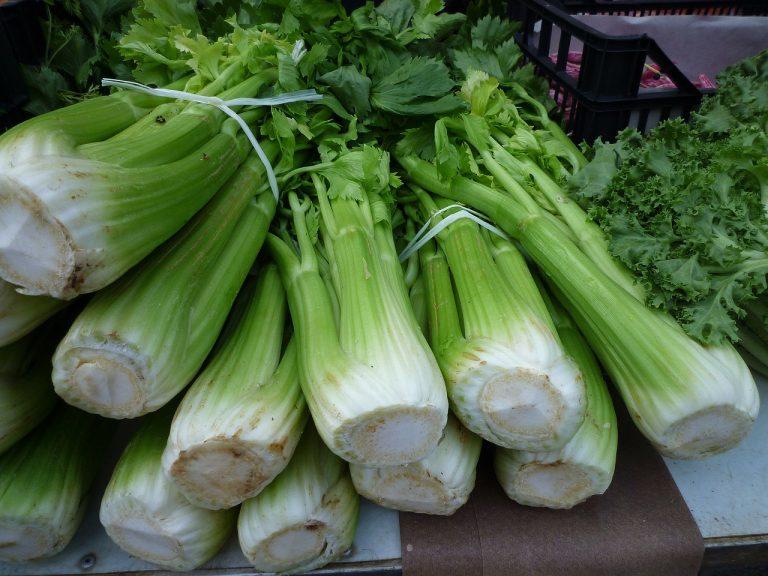
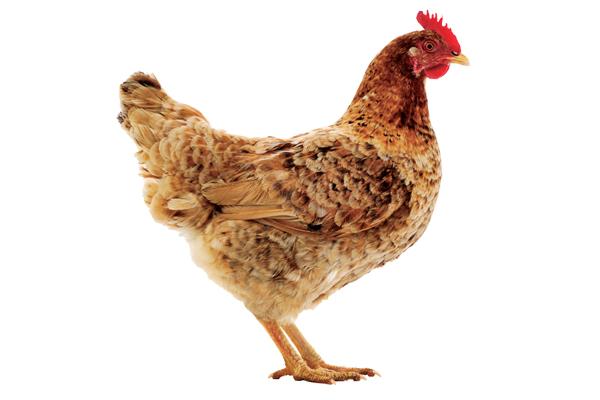
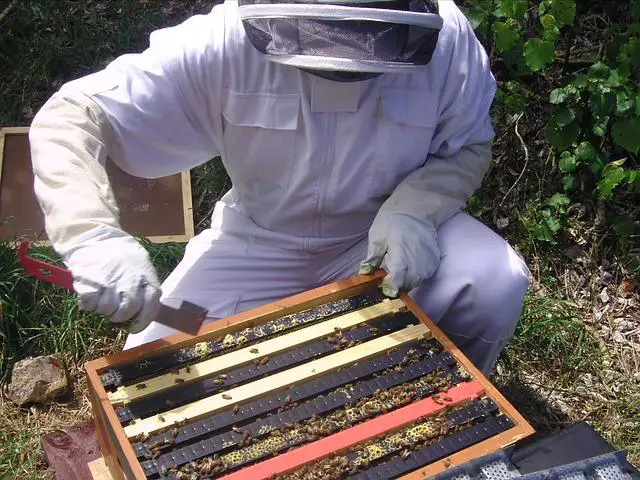
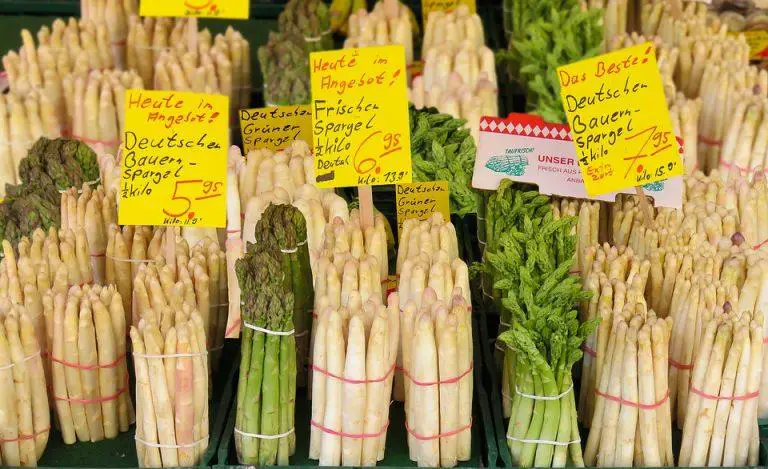
I am from Nakuru, would like to start catfish farming
it’s a good guide for me because I want to do. catfish farming but now I have learned a lot
I have learnt some valuable lessons. We have water pans that can hold upto 900 cubic meters and am thinking we can farm catfish.
I’m chairman of a registered magana fish farmers in Thika east sub-county gatuanyaga ward Munyu location Munyu sublocation and our aim is to do commercial fish farming